If you’ve ever watched a video of someone opening vintage Pokemon cards you probably see prices in the tens of thousands of dollars popping up all over the screen and it can make the value of more recent Pokemon cards look pretty measly.
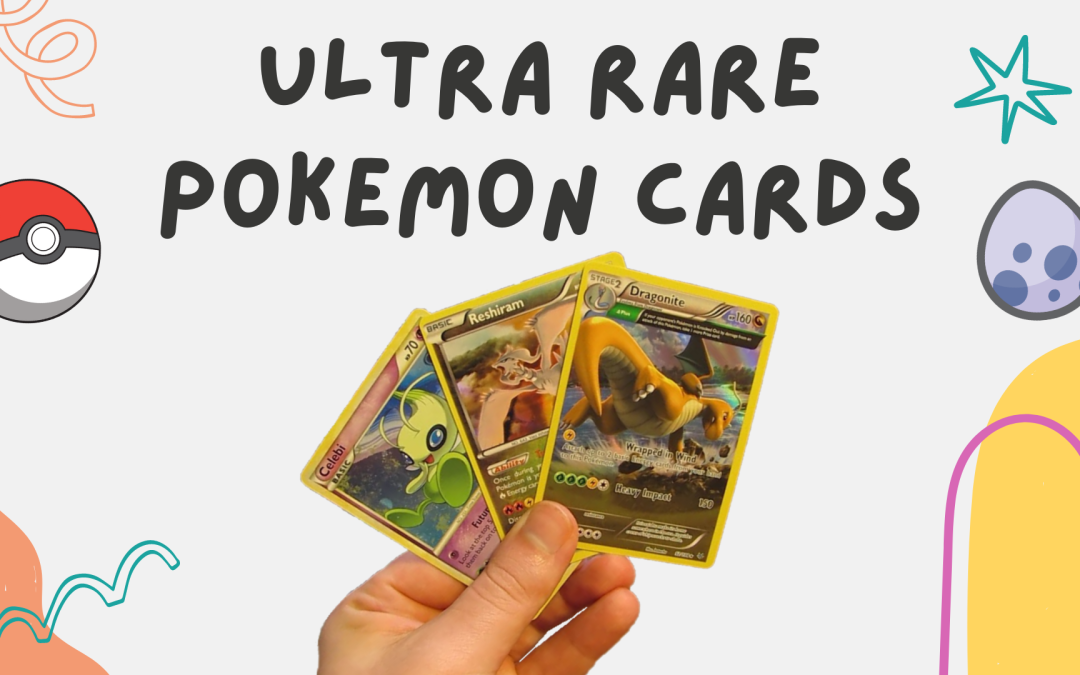
What Are Ultra Rare Pokemon Card And Other Pokemon Card Rarities?
What Are Ultra Rare Pokemon Card And Other Pokemon Card Rarities?
What Does A Card Rarity Mean In Pokemon?
Card rarity in Pokemon is a strange thing. Often when you hear reference to the rarity of a card you’d think it’s safe to assume that the rarer the card, the more expensive it is. Pokemon cards are funny in the sense that they have this whole table of rarities and such but only a tiny portion of the cards you’ll find are actually valuable despite many, many cards being labeled “rare” or “ultra rare” or even “amazing rare”. So don’t let the names mislead you as a card being called an “ultra rare” doesn’t immediately correlate to dollar signs.
So what do the rarities actually mean then? Well, more often than not the rarity is more an indicator of how often the card will appear in packs and not immediate monetary value. Yes, there are some cases where this card population is directly proportional to the value of the card, but more often than not cards like Ultra Rares are produced just enough so that they are still not incredibly easy to find but aren’t so rare that you’ll be spending hundreds of dollars looking for one. This is because the Pokemon Company has to accommodate not just the collectors but the actual competitive players too.
If there is an obscene paywall stopping players from using a card simply because of how hard it is to find in packs, it would be absolute anarchy. Nobody would want to play the card game and the community would likely die as a result. This is where The Pokemon Company had the ingenious idea of catering to both the community of collectors and players. Ultra Rares would provide to those who are solely interested in playing the game, they are affordable, easy to find, and functional (they just don’t have the most spectacular art). However, for the collectors, they would make what are known as Secret Rares. These cards are just more expensive, much rarer versions of the same ultra rares, sometimes with a different finish on the card, like Rainbow Rares or Gold Rares, or with a different art entirely. Now everybody’s happy.
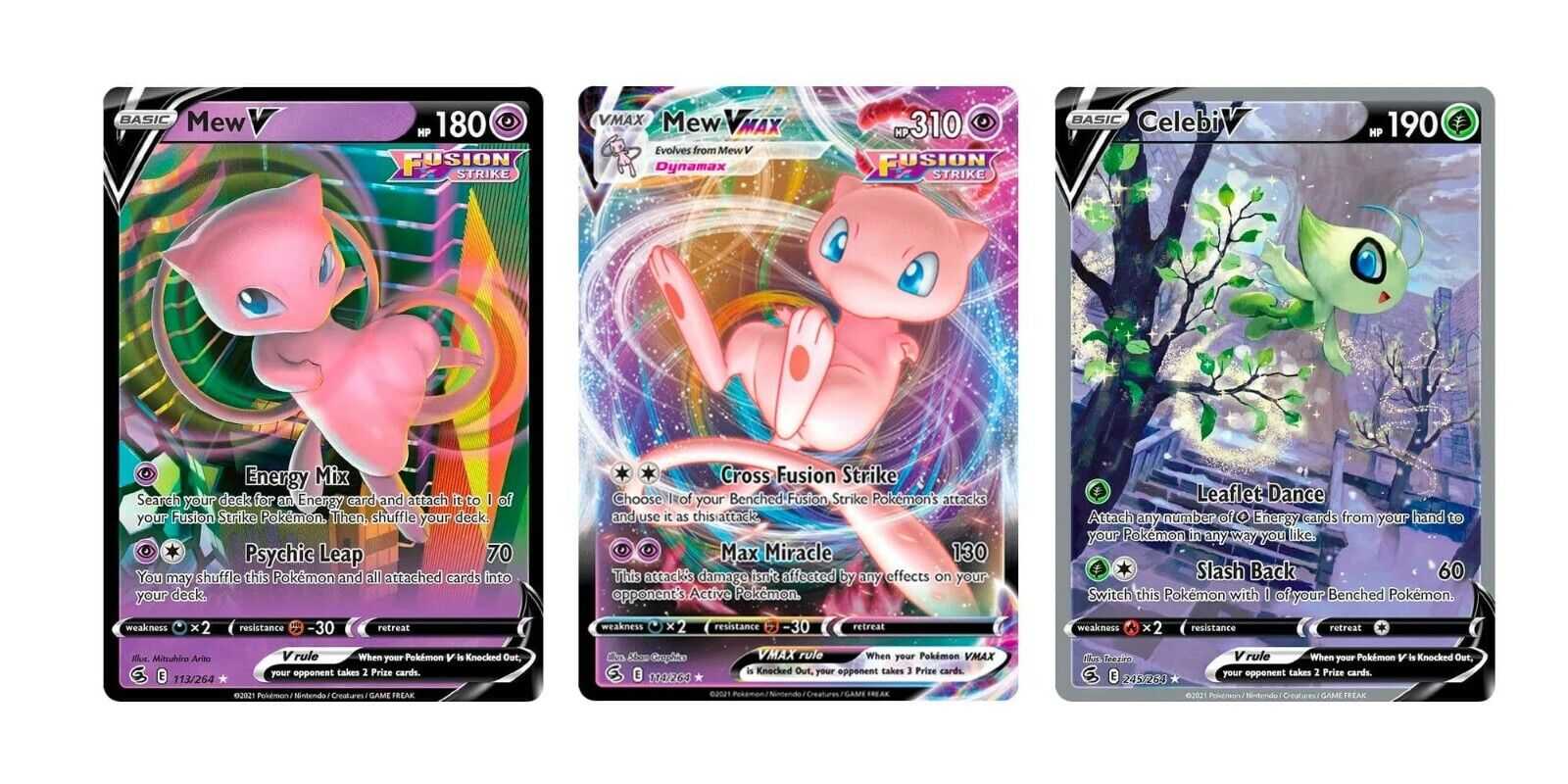
A Random Assortment of Ultra Rare Pokemon
How Can You Tell A Card’s Rarity?
A card’s rarity in the Pokemon TCG is indicated by a small emblem at the bottom left of the card. The emblem changes depending on how rare the card is and each one refers to how frequently these cards appear in packs. Before we explain the symbols that correlate to each rarity in the TCG, it’s worth mentioning that these symbols are not the same in every language. Japanese sets don’t even use symbols but instead use letters such as “C” or “U” to indicate rarity. Below we have listed all of the card rarities you can find in Pokemon packs and their designated emblem.
Common: This is signified by a black circle
Uncommon: This is signified by a black diamond
Rare: This is signified by a black star
Ultra Rare: This is signified by a shiny silver star
There are also sub-rarities within these rarities but that is just a general idea of the rarities in the Pokemon TCG.
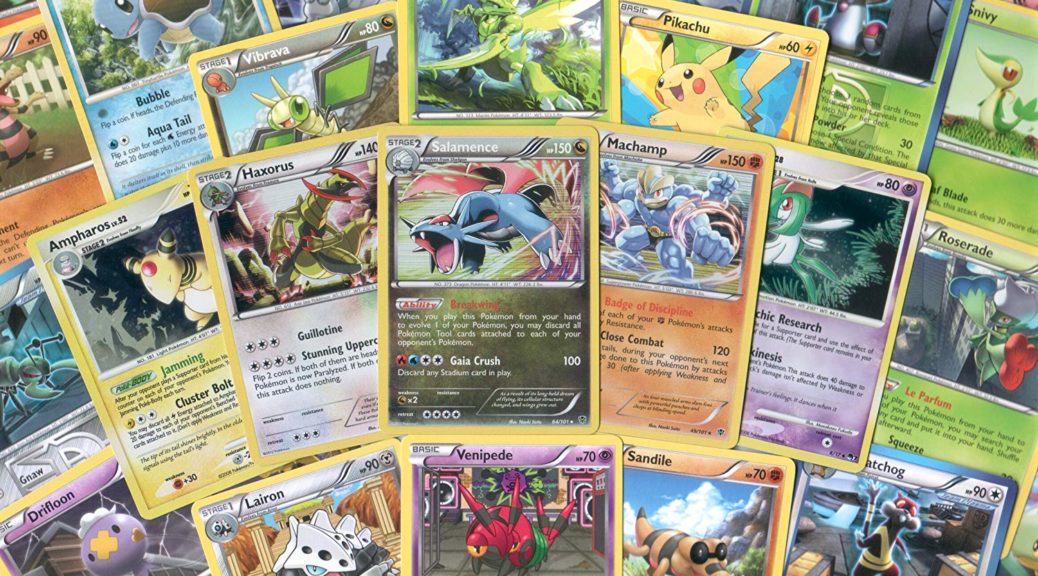
What Do All The Card Rarirites Mean In The Pokemon TCG?
At this point you may be gripping your screen and screaming “but what do all these rarities mean?!” so we won’t keep you waiting any longer. Below we have listed all of the rarities you can come across in the Pokemon TCG as well as what that means in terms of drop rate and if their value is even negligible.
Common: As you could imagine, common refers to the most common cards that you will find in the Pokemon TCG. You are guaranteed several of these in every pack, or around 4 – 5 in an English booster pack to be specific. Common cards only feature basic unevolved Pokemon and can also appear in the reverse holographic slot of the pack.
Uncommon: Uncommon cards are the second most common cards you can find, each English booster pack usually containing three of them. Unlike common cards, these cards can feature both evolved and unevolved Pokemon and also make up a vast majority of trainer cards in the TCG. These cards can also be found in the reverse holographic slot of the pack.
Regular Rare: These cards are like the baseline of a Pokemon pack. You are guaranteed at least one rare or something better in every (unless they are promo packs like Detective Pikachu) English pack. At the very most you can get two in one pack as they can also appear in the reverse holographic slot as well as the rare slot of the pack. These cards contain, for the most part, evolved Pokemon or legendary Pokemon. However, within rare cards, there are also sub-classifications as mentioned before which we will cover now.
Holographic Rare: Holographic rares aren’t extremely rare but still aren’t guaranteed in every pack like a regular rare. The pull rates change from set to set, but on average it is slightly below 50% of packs will contain at least a holographic rare. As well as this, it still features that same black star at the bottom left of the card but they have a shiny holographic finish over the art of the card. The type of holographic pattern has changed several times throughout the years and is likely to keep on changing just to keep things fresh.

Ultra Rare:
This is where cards start getting a little bit rare but still not unaffordably rare. Ultra rares refer to cards such as ex, GX, V, VMax, VStar, etc. The look and chance of pulling an “Ultra Rare” can be vastly different from set to set as we will explore below but they are mostly defined by the fact that they are much more difficult to acquire than regular rare cards. More often than not, their art extends beyond the inner border of the card art or they lack an inner border altogether. So, let’s briefly explore the different types of Ultra Rares you can find in the Pokemon TCG throughout time.
Pokemon ex: These cards made their debut in the 2003 set EX Ruby & Sapphire and featured a lowercase ex at the end of the Pokemon’s name which stood for “extra”. Whether this is the extra effects or attacks they bring something extra to the table. This Pokemon also brought higher stakes to its player as if it were knocked out the opponent would take two prize cards as opposed to one.
Pokemon Star: Also referred to as Gold Star Pokemon, these cards were introduced in the set EX Team Rocket Returns and were pretty much discontinued in the POP Series 5 mini-set. They are reminiscent of the Shining Pokemon of many sets before but instead feature a little gold star next to the name of the Pokemon hence the name Pokemon Star.
Pokemon LV.X: With each new era of Pokemon it is now pretty much a given that they will introduce a new mechanic to replace the ultra rares of the old generation. LV.X was introduced to replace the “ex” and “star” mechanic from the previous era in the Diamond & Pearl expansion. As opposed to being an evolution these cards are treated more as a “level-up”.
Pokemon LEGEND: One of the less popular changes in the Pokemon TCG was the Pokemon LEGEND mechanic brought about in the HeartGold & SoulSilver era of Pokemon. Unlike most Ultra Rare Pokemon cards, these cards would come in two parts that the player would have to collect to form a whole card art. This was first introduced through the Pokemon Lugia and Ho-Oh and was re-attempted quite a few times after this.
Pokemon Prime: Along with the LEGEND mechanic came Prime cards. Unlike a lot of Ultra Rares, these cards had no special abilities or attacks or anything, they were just stronger than normal Pokemon and had a slightly different holographic card art.
Pokemon-EX: Unlike the ex of old this one is capitalized so you know they mean business. These cards were introduced in the set Next Destinies and up until the set Legendary Treasures only featured Legendary Pokemon. However, beyond that, EX cards started to feature non-legendary Pokemon and became the first type of Ultra Rare to feature a full art print as well as a standard print. This would be a recurring theme throughout Pokemon after this point.
Pokemon GX: Then came the GX mechanic in the Sun & Moon era of Pokemon which was actually fairly similar to EX Pokemon with the main difference being that not all GX Pokemon were basic Pokemon. As well as this, they also would introduce Tag Team variants of these GX cards later on in the Team-Up set of Sun and Moon. These were the first cards to also feature Rainbow Rare and Golden Rare variants.
Pokemon V, VMax & VStar: Finally, we have the current style of Ultra Rares in the Pokemon TCG: all of the v variants. These cards have massively popularised alternate arts in sets, making them almost commonplace in new sets despite existing since Sun & Moon. They were introduced in Sword and Shield and like most Ultra Rares they feature stronger versions of the Pokemon that already exist within the set.
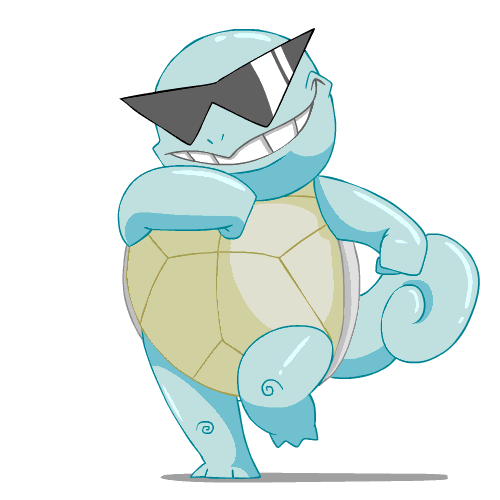
Need To Sell Your Pokemon Cards Fast?
We’ll Take Them Off Your Hands!
Secret Rare:
At last, we come to Secret Rares. These are the cards that are really worth the big bucks when it comes to selling cards in the Pokemon TCG. Sure, an ultra-rare Charizard is nice but what about a Secret Rare Charizard V? These cards are the least common cards in Pokemon packs and appear at a rate of about 1/36. They can be identified by looking at the number of the card in the set at the bottom right of the card. If the number of the Pokemon exceeds the size of the set like 245/200 for example, you have got yourself a Secret Rare Pokemon. Secret Rares make up some of the most expensive cards in modern Pokemon history such as the Rainbow Rare Charizard GX or the Rainbow Rare Pikachu VMax.
Promo:
Finally, we have a bit of a bonus round in the shape of promo cards. Because these cards technically don’t belong to a set and therefore cannot be pulled in packs, they have no inherent rarity as they are guaranteed with a specific purchase. As a result, a promo card can be identified by the word “promo” in place of the typical rarity symbols.
Sell Your Pokemon Cards Fast With WeBuyPokeCards
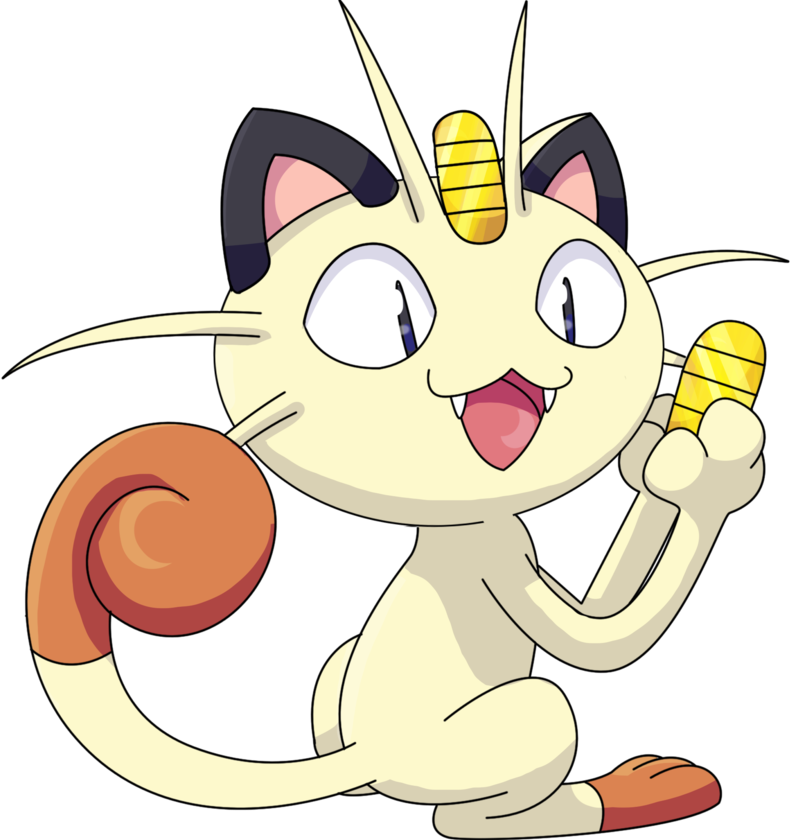
Related Posts
What To Read Next
Are New Pokemon Cards Worth Anything?
The 5 Best Sleeves for Pokemon Cards
To some, they may just be colourful cardboard, but for you, Pokemon cards are collectables. And when you’re collecting something, you want to ensure they’re safe and protected to preserve their condition. You can’t start that process with cards unless you use card sleeves.
The 10 Most Valuable Misprinted Pokemon Cards
Opening a Pokemon TCG pack is always an exciting moment. You never know if you’ll get your favorite or valuable chase card until you’ve opened the pack. And as you pull the cards out and eagerly go through each one, you notice that one or more of them has a defect. What now?

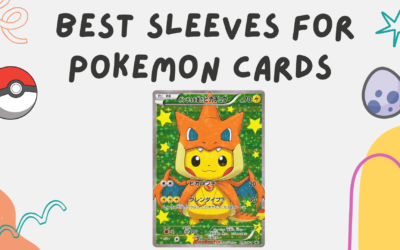
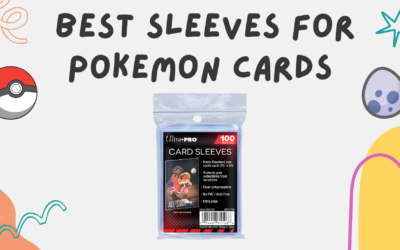
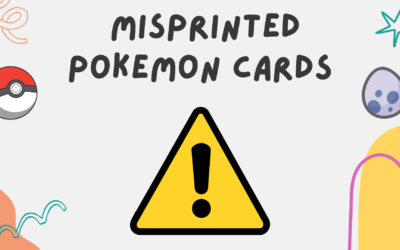
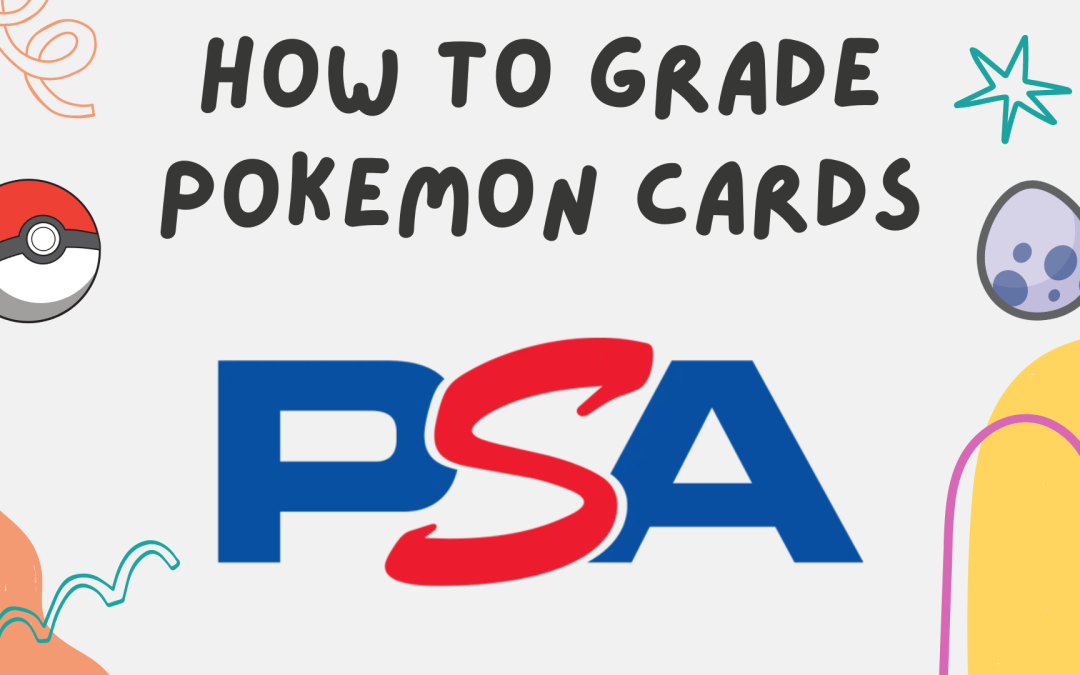
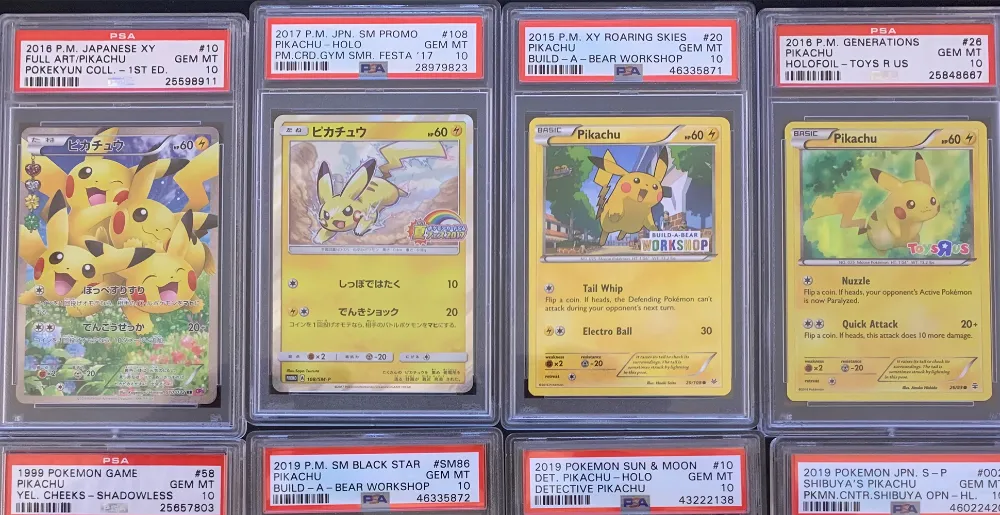
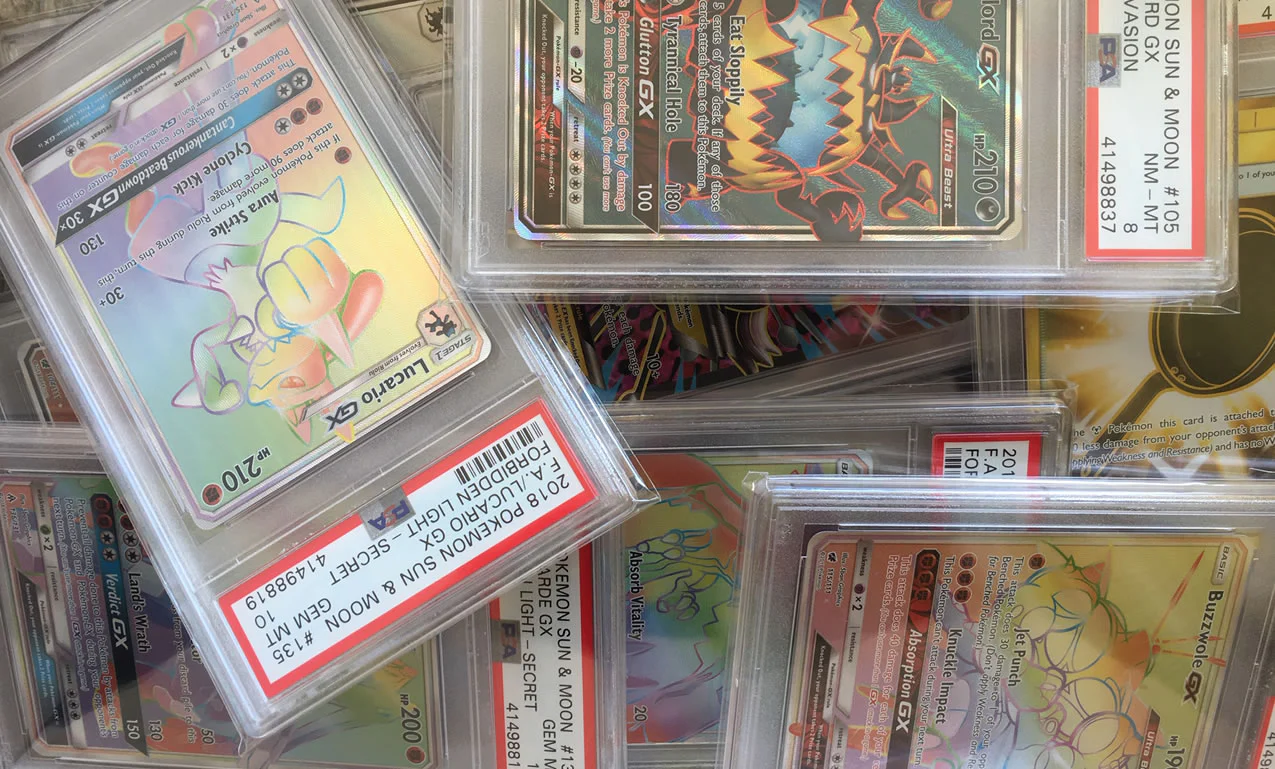
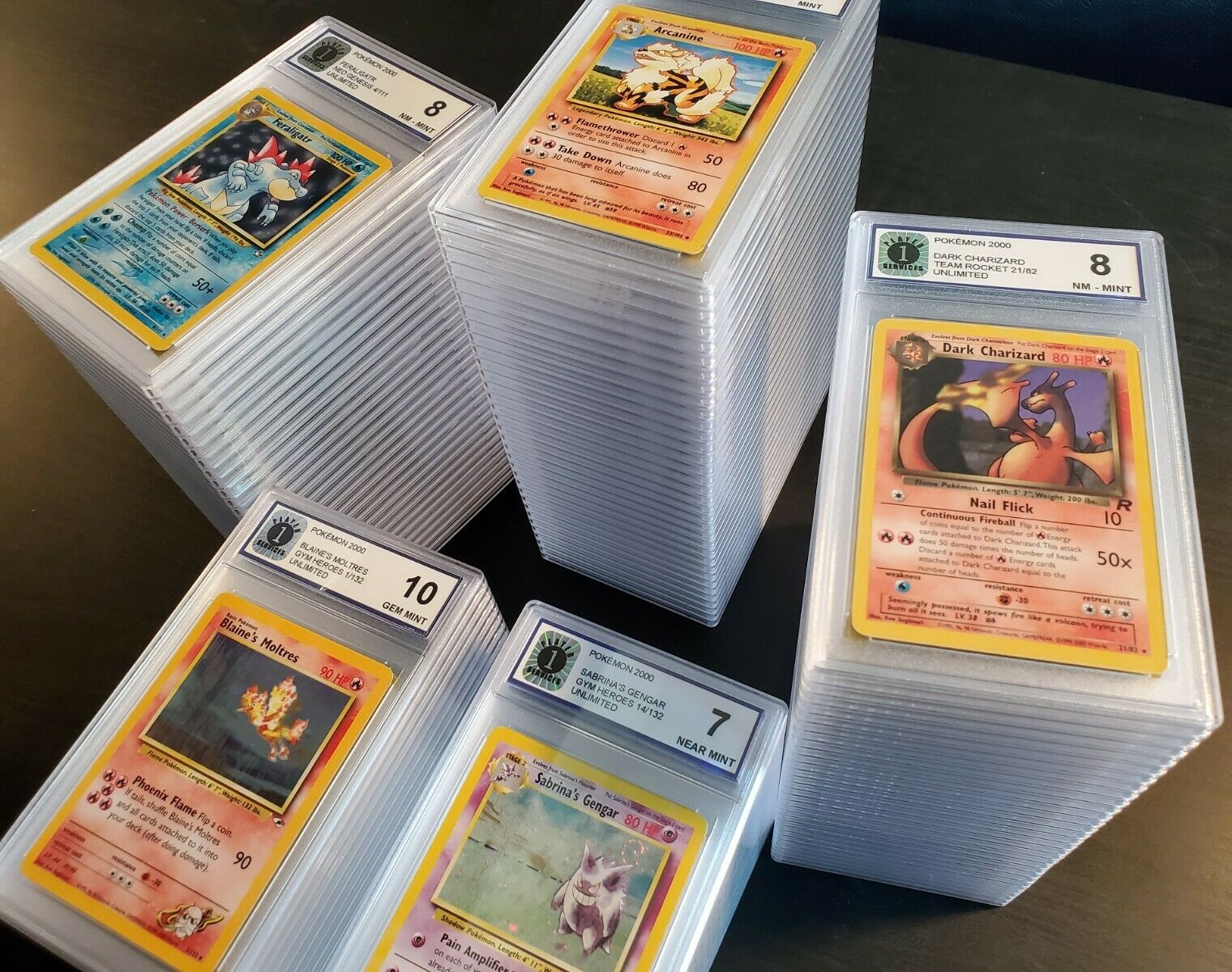
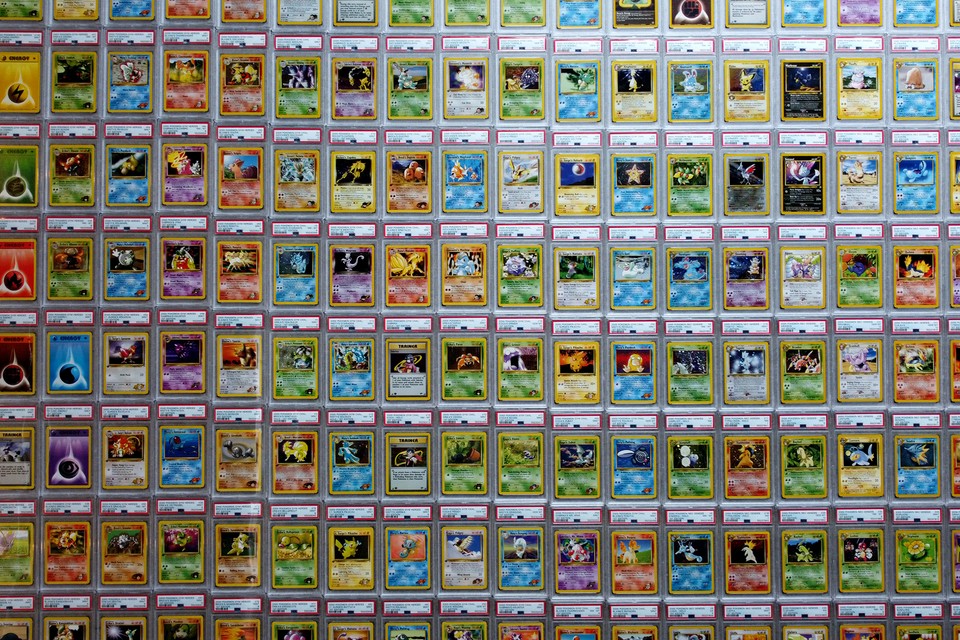
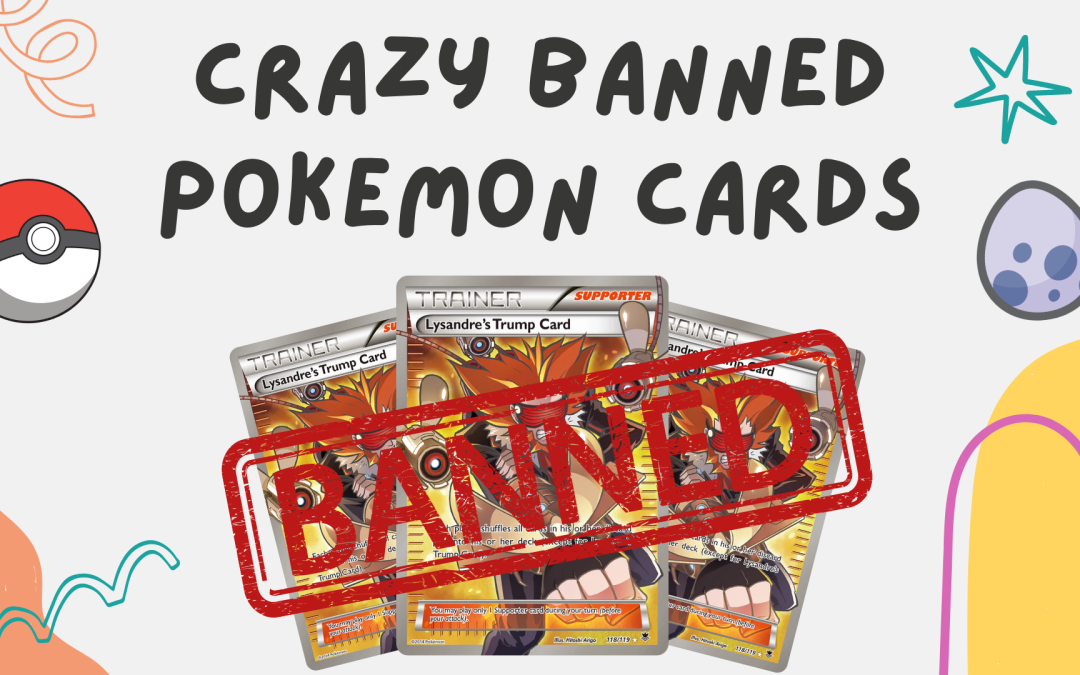
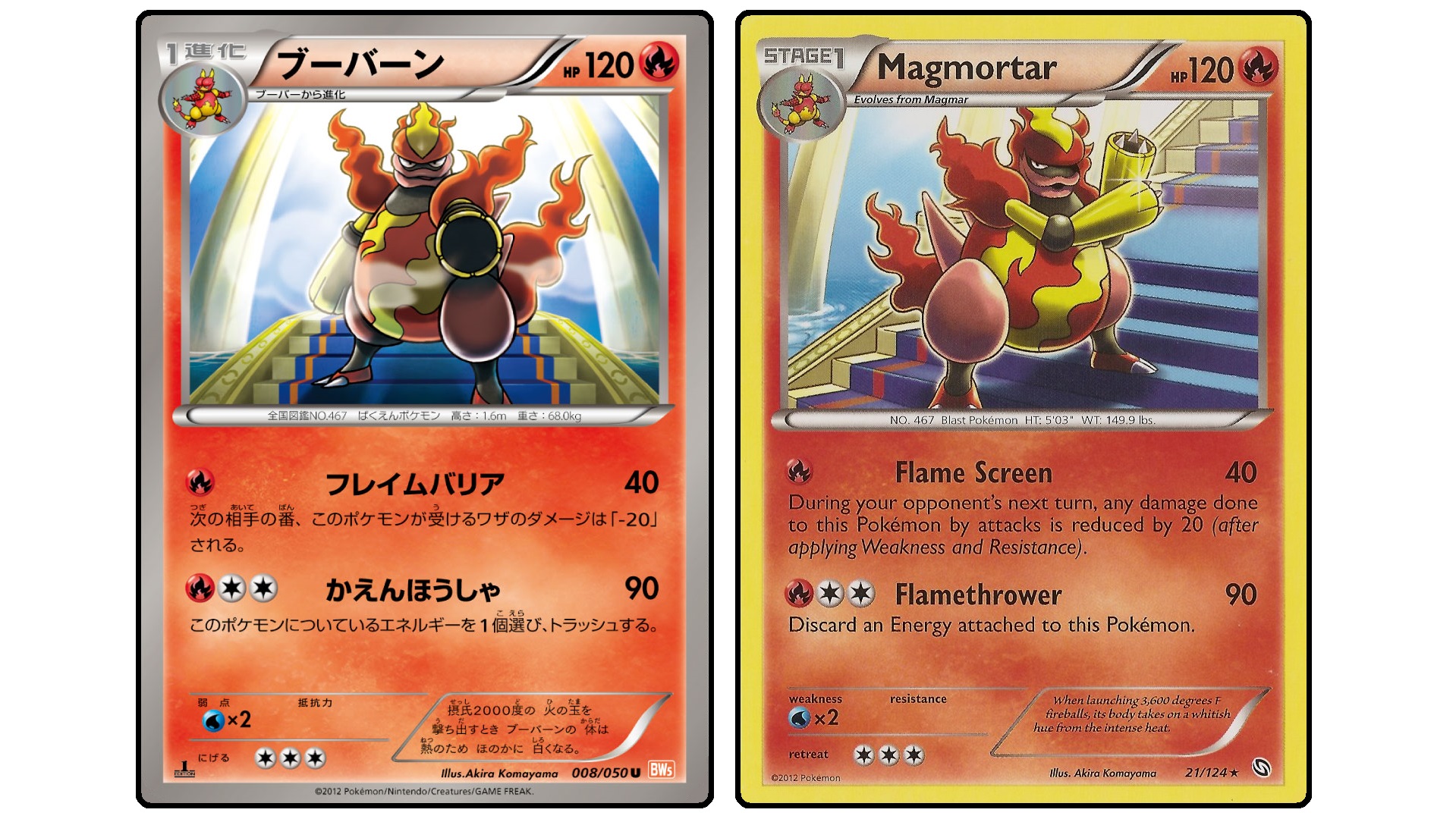
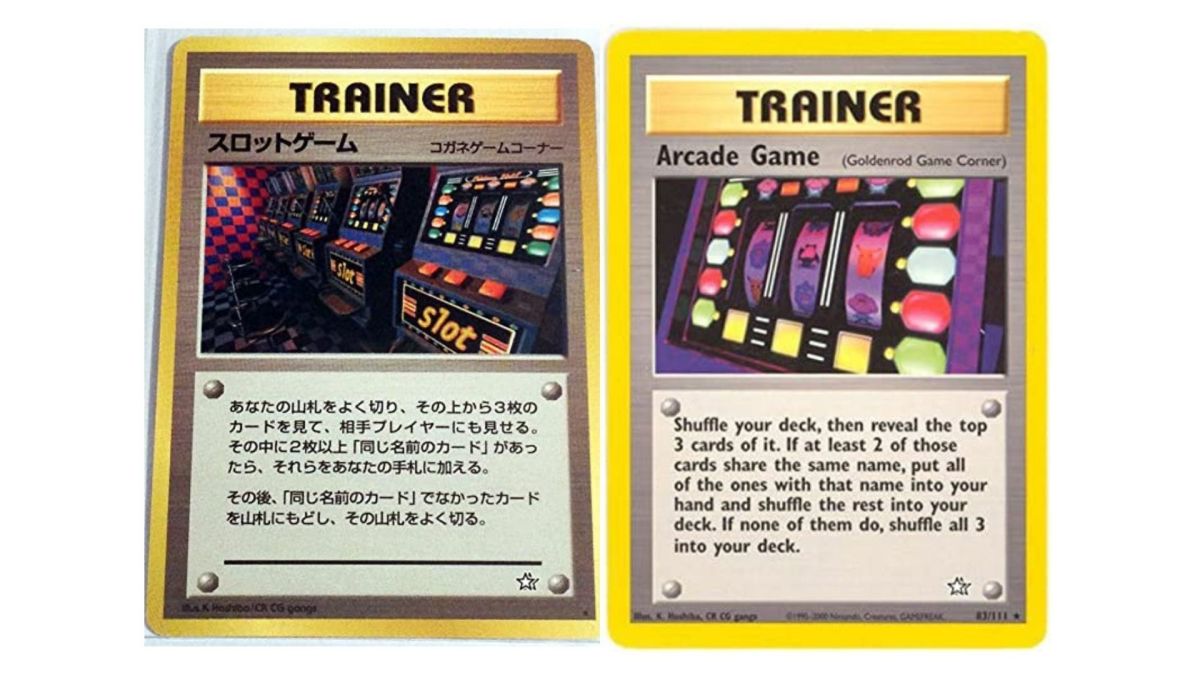
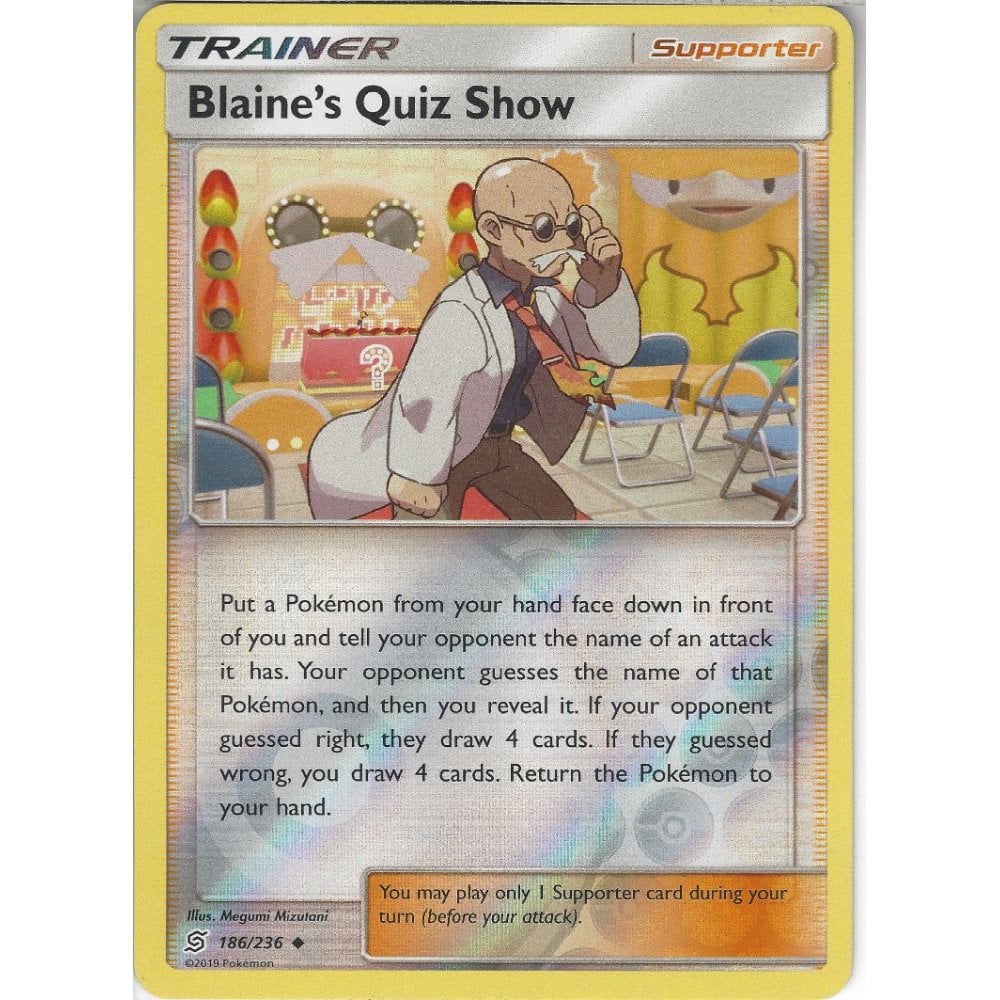
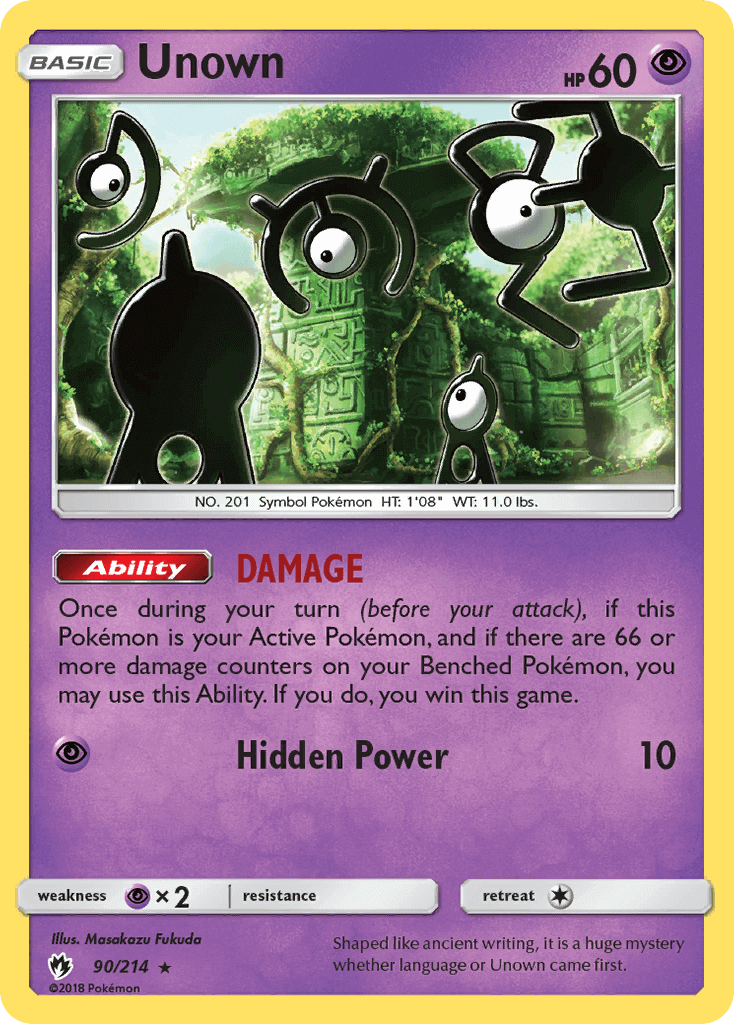
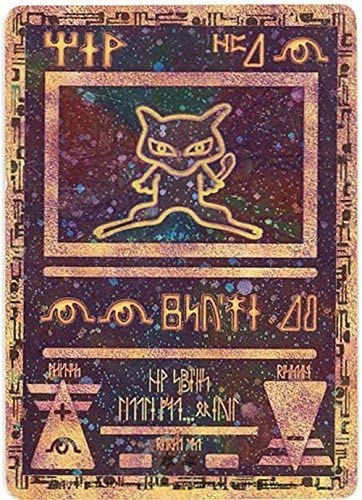
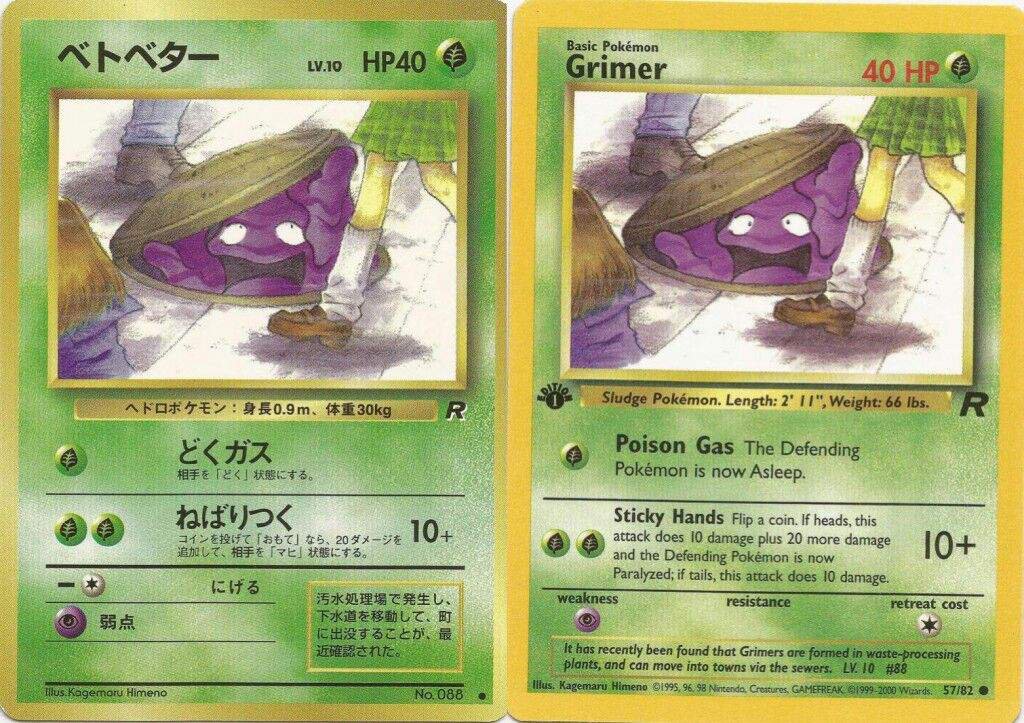
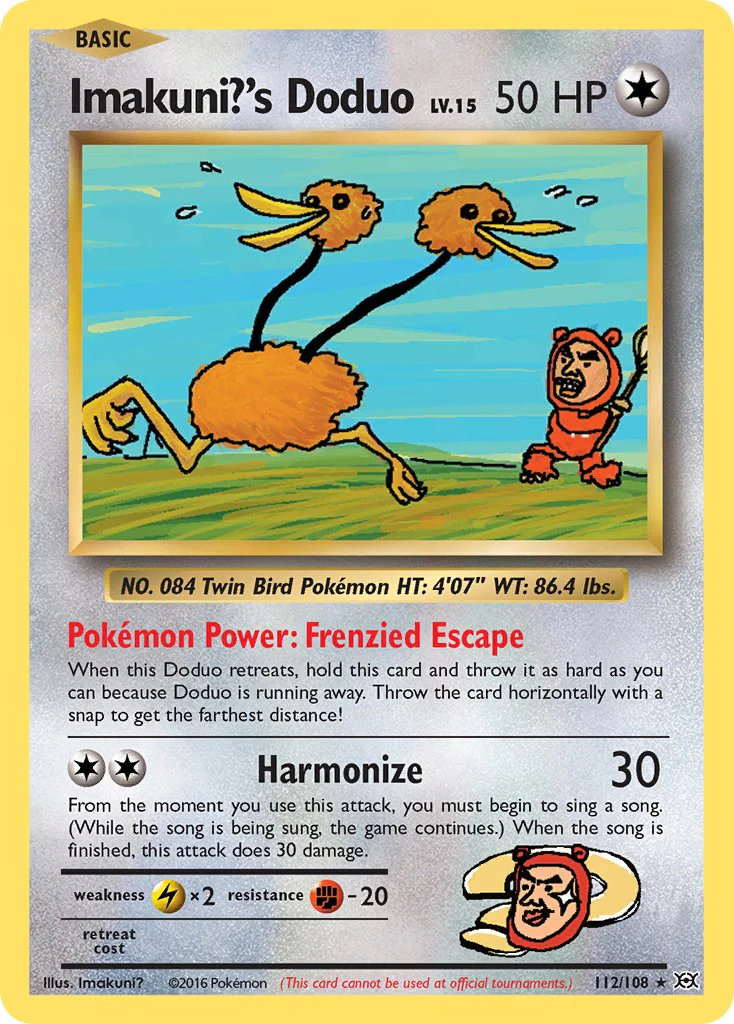
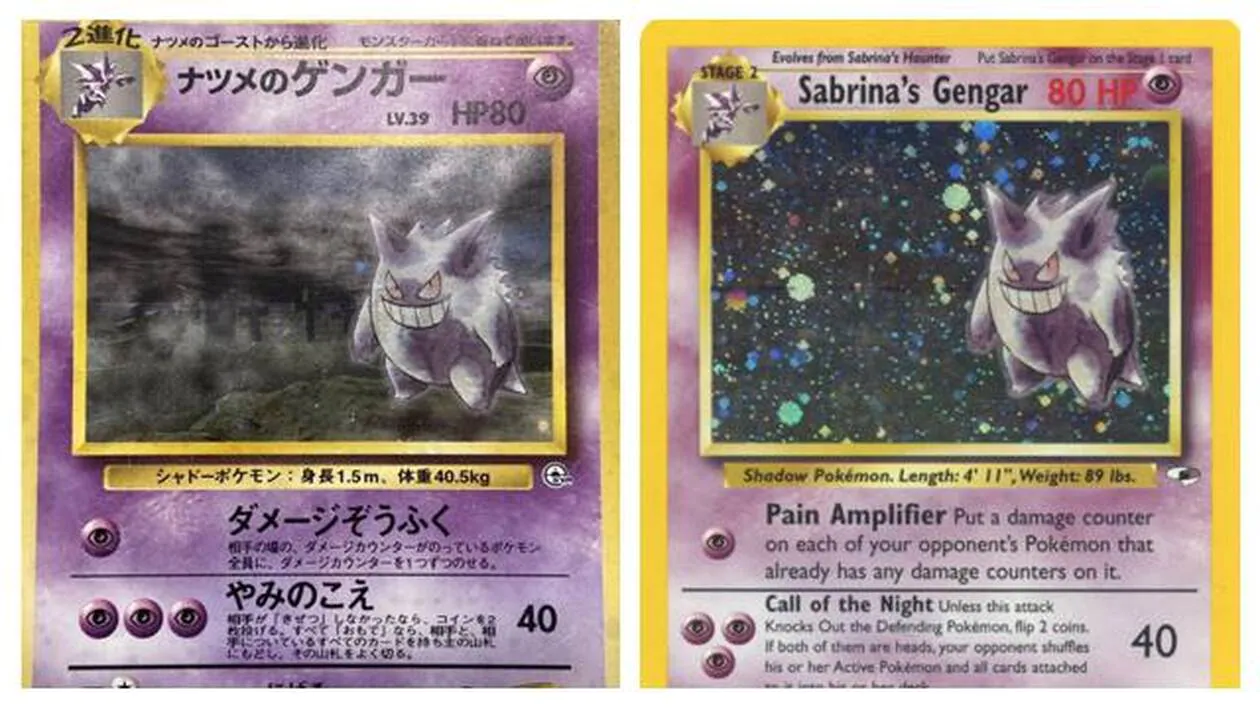
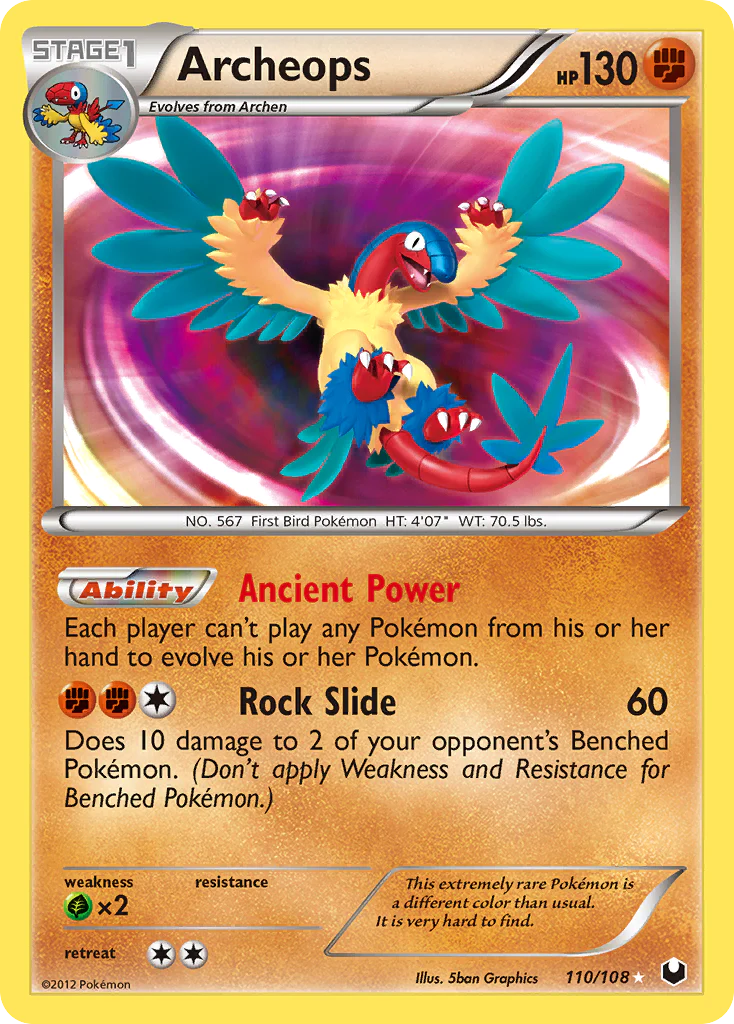
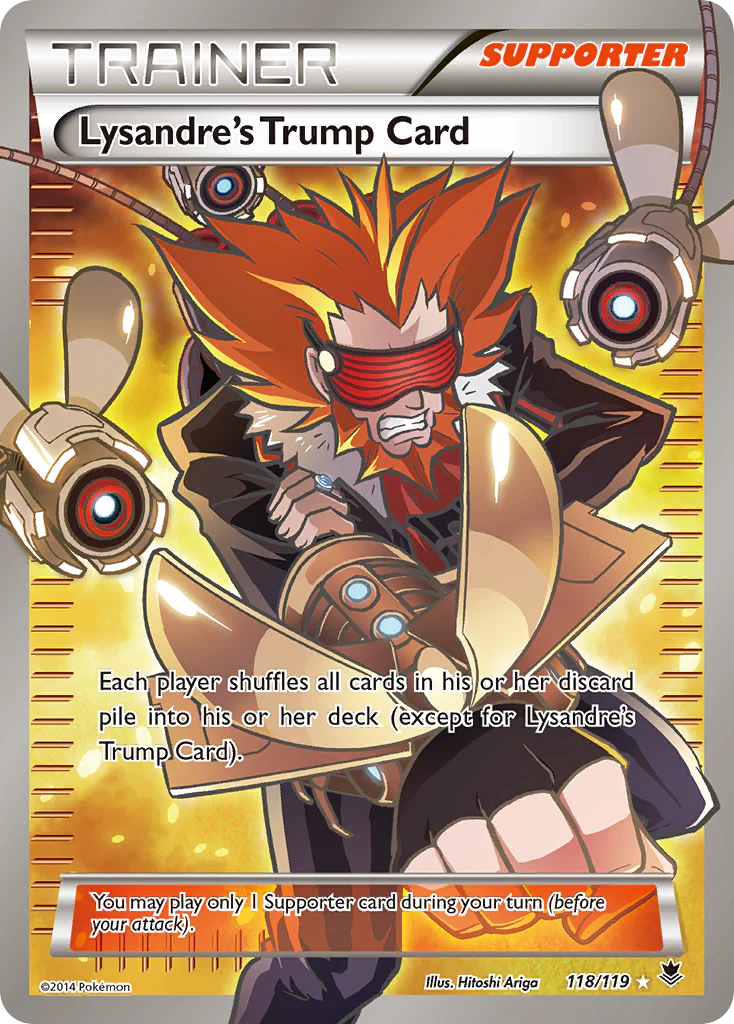
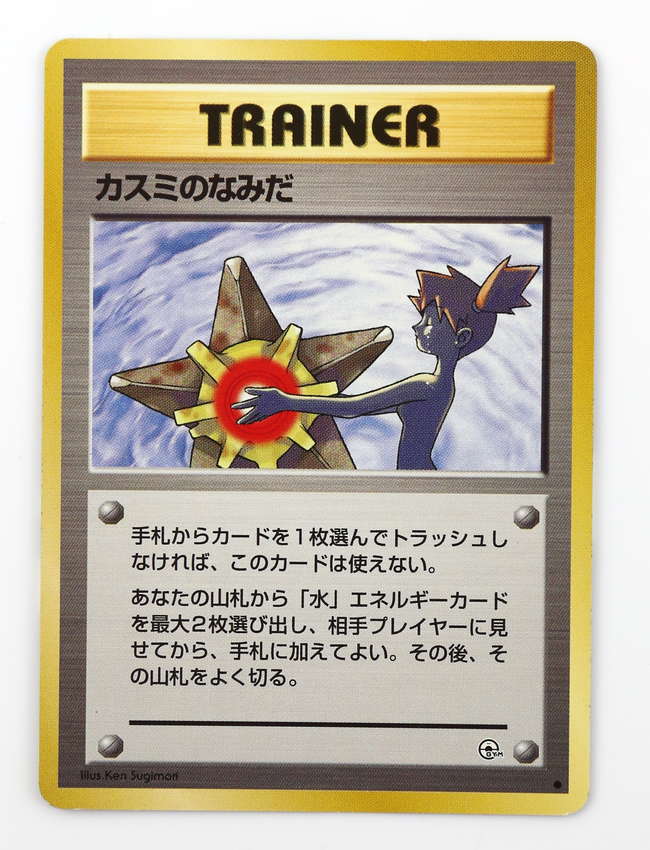
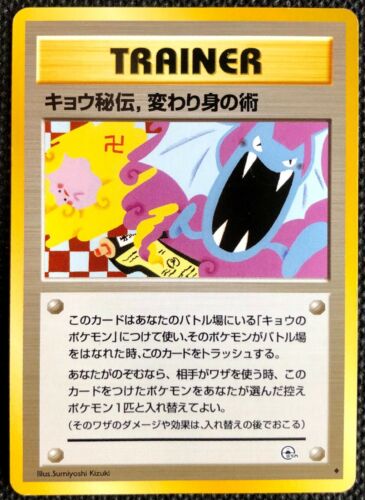
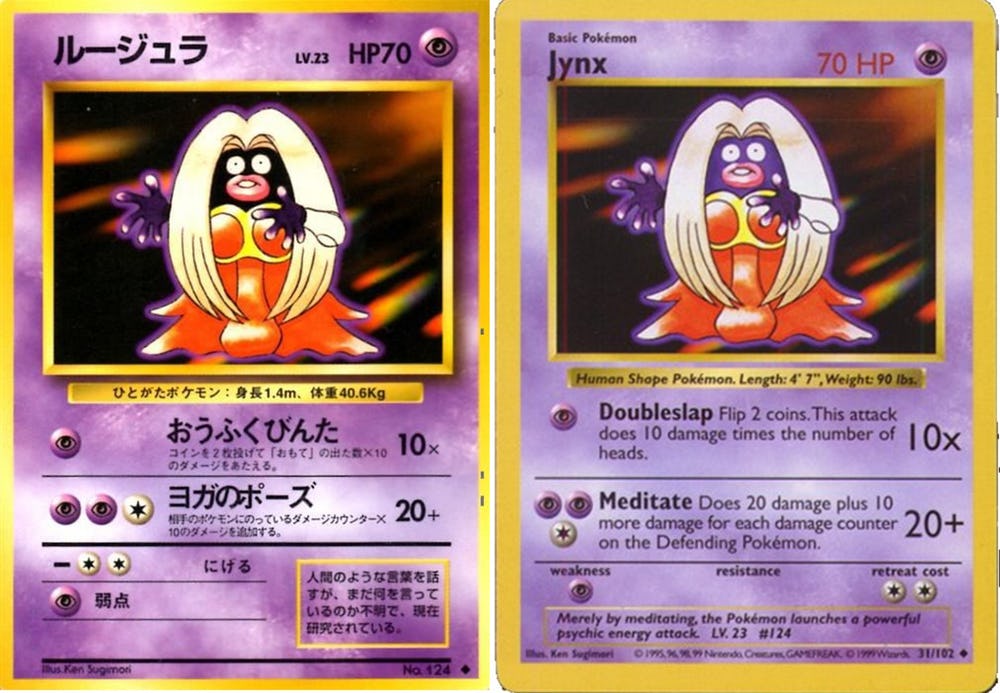
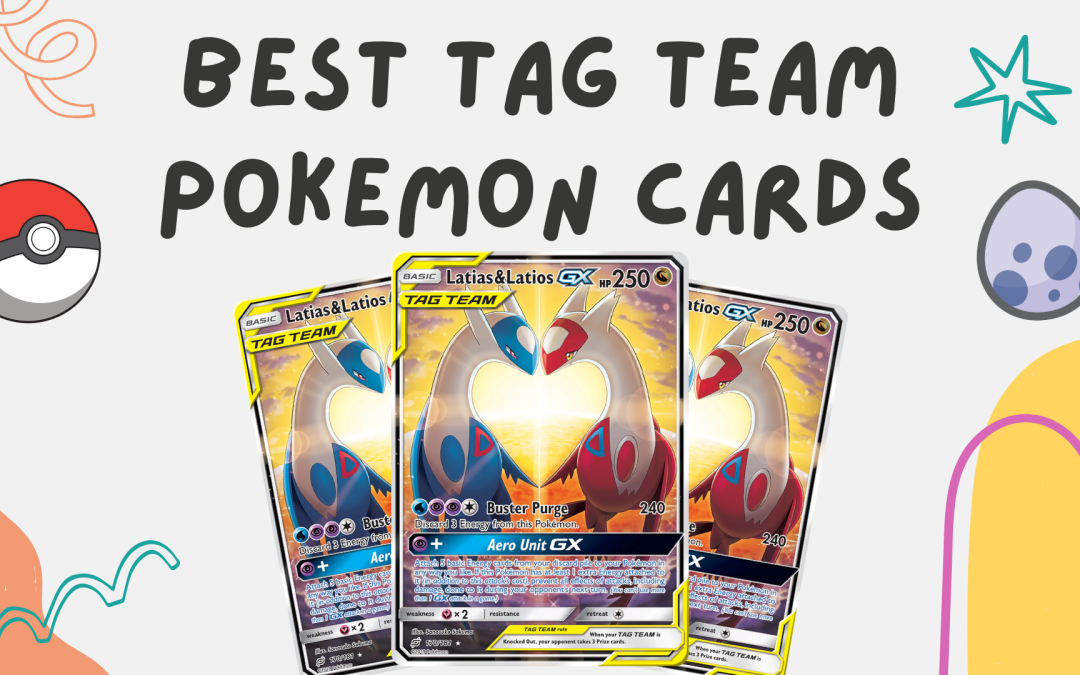
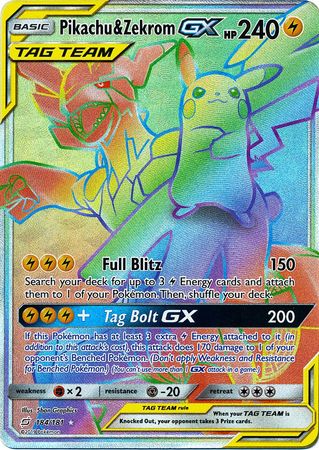
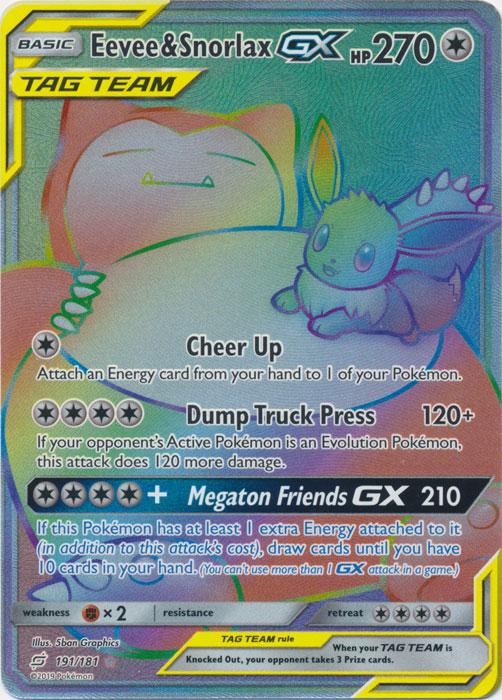
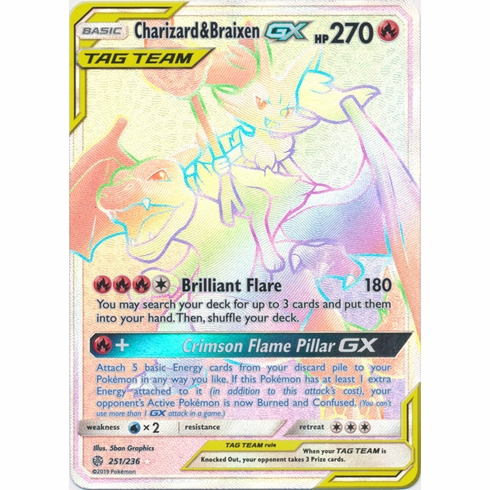
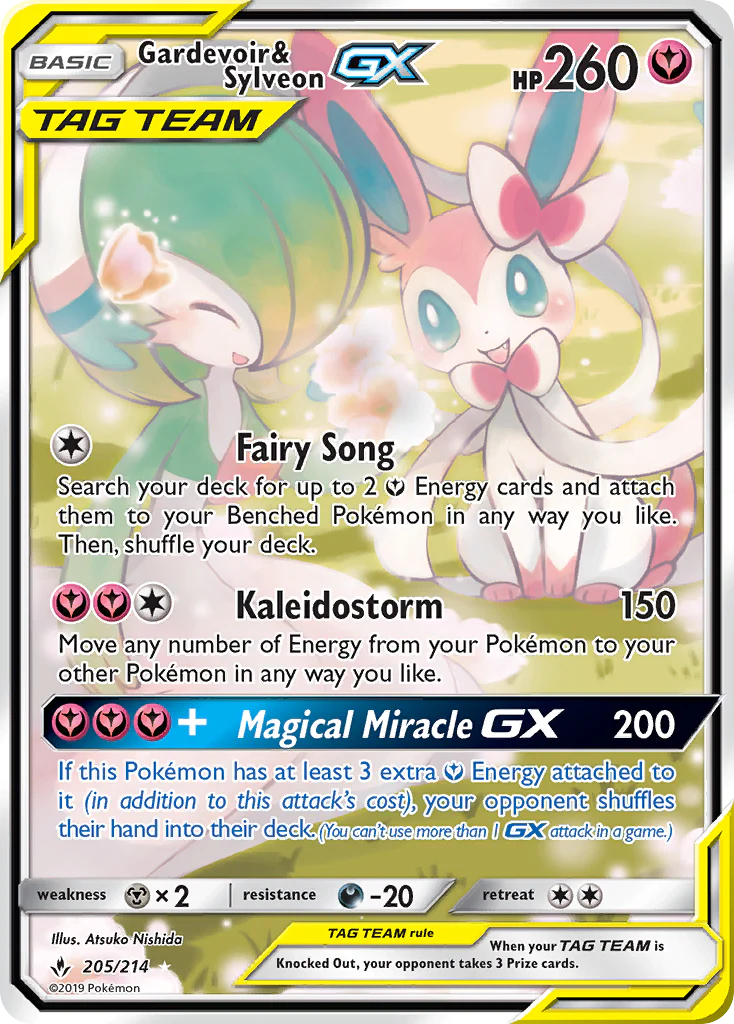
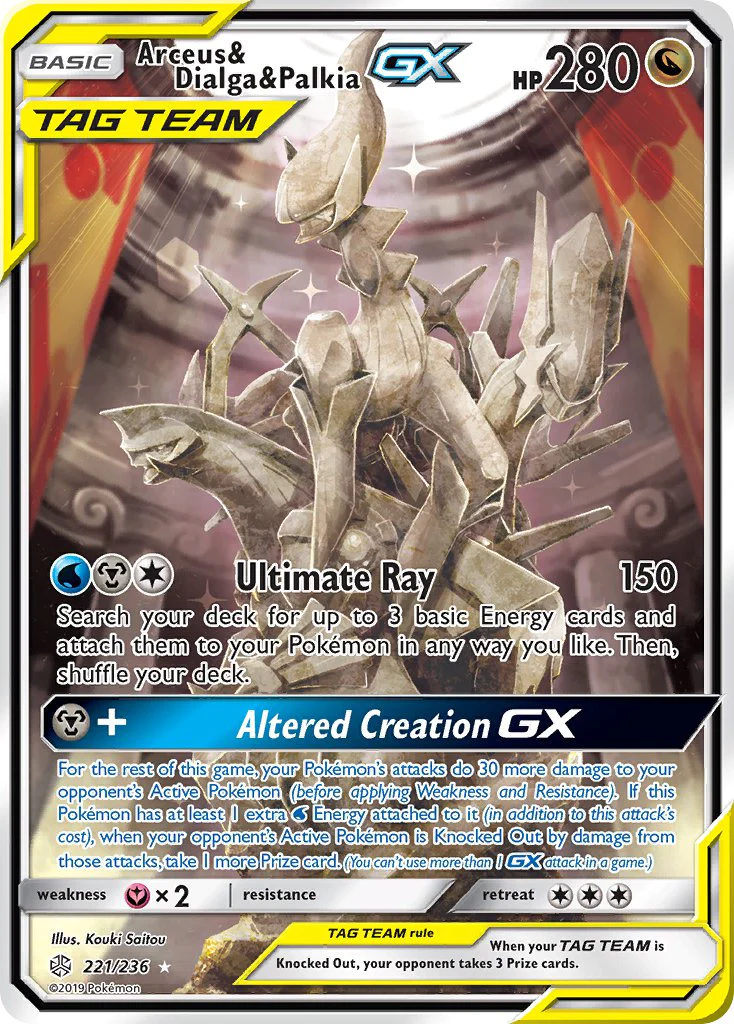
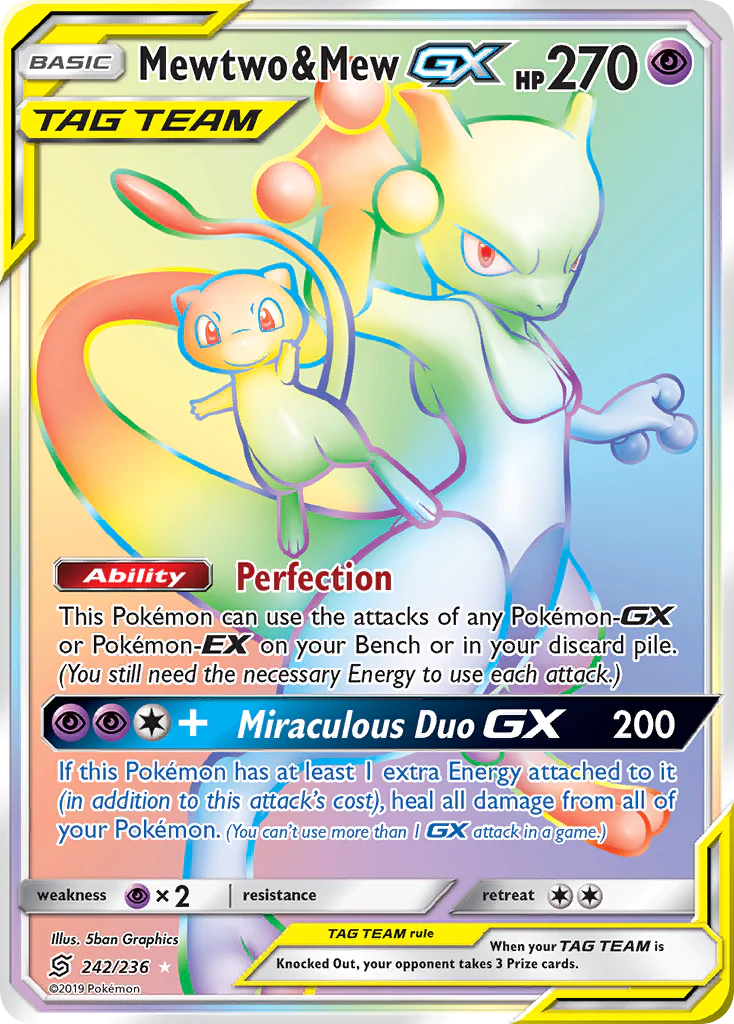
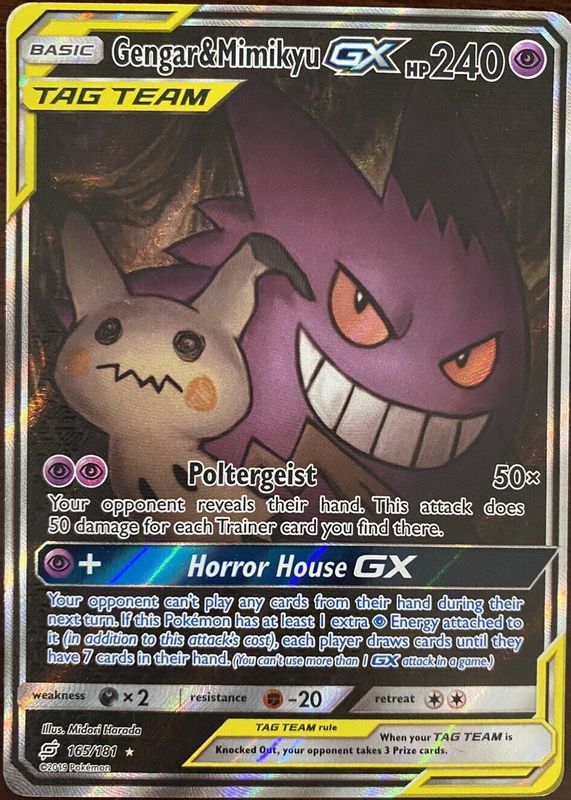
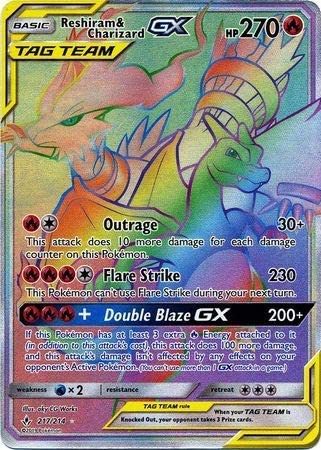
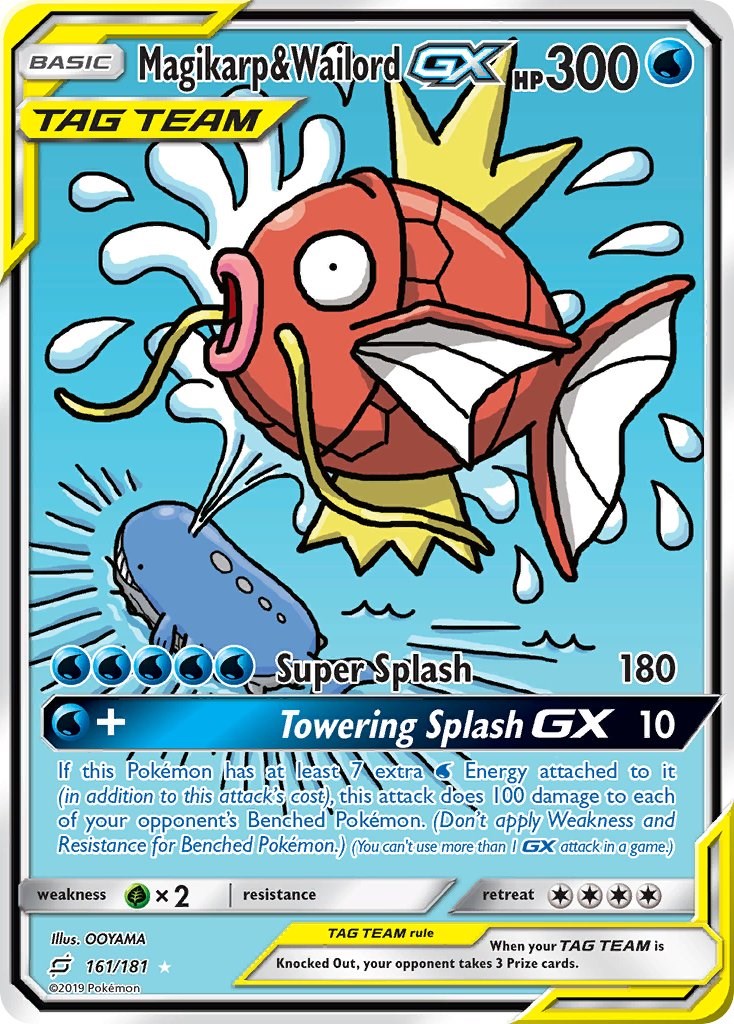
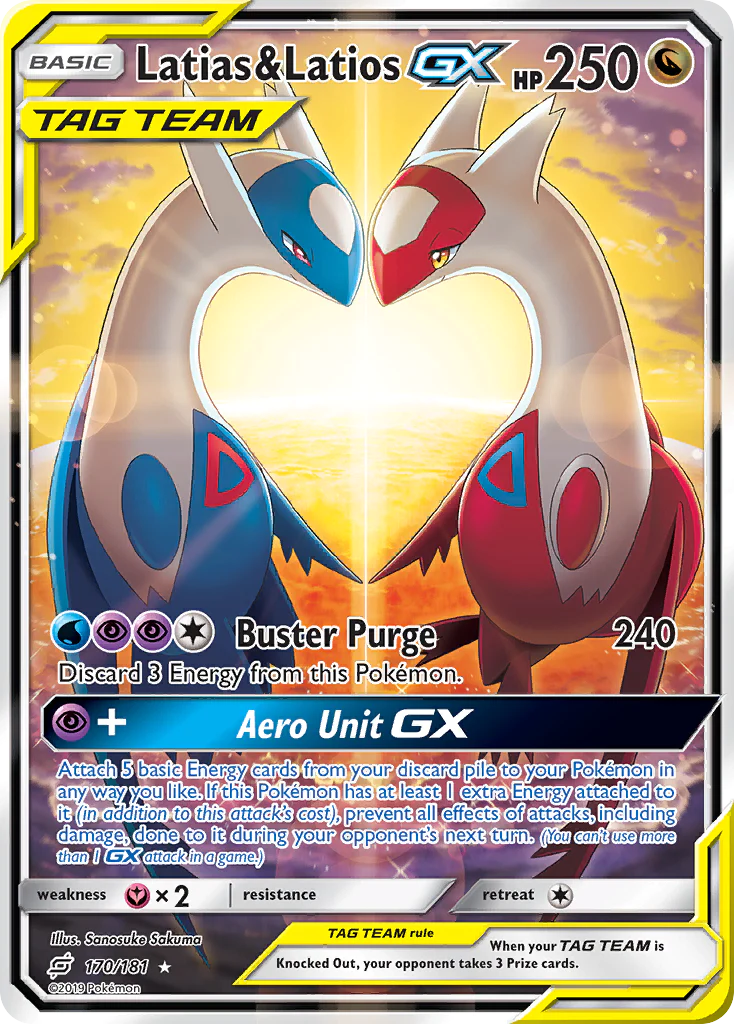
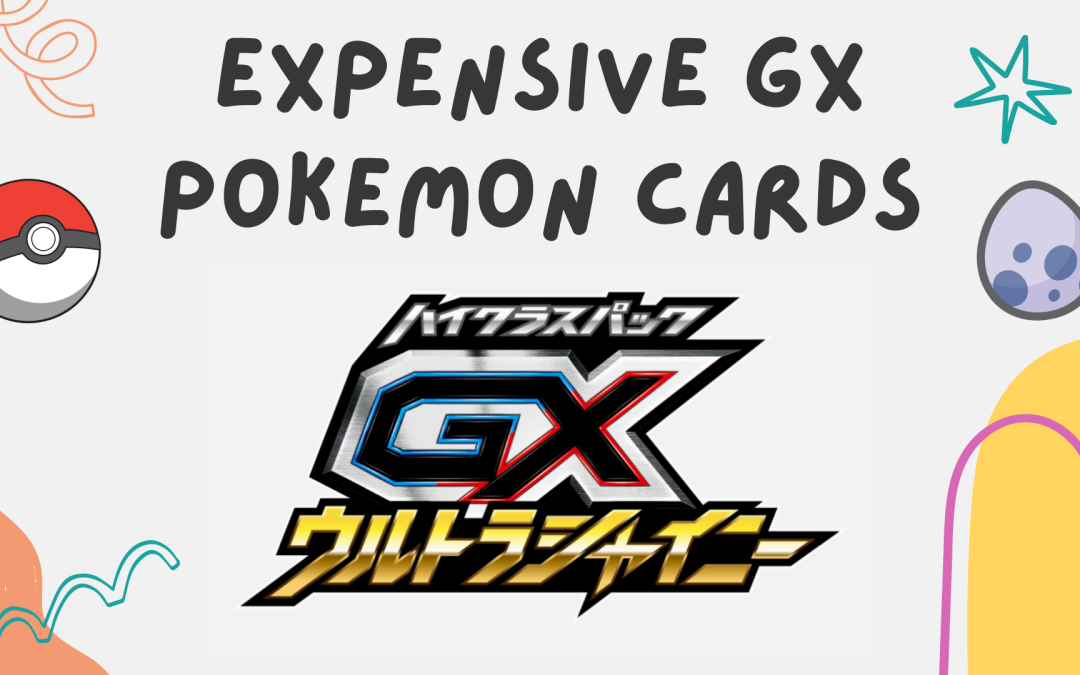
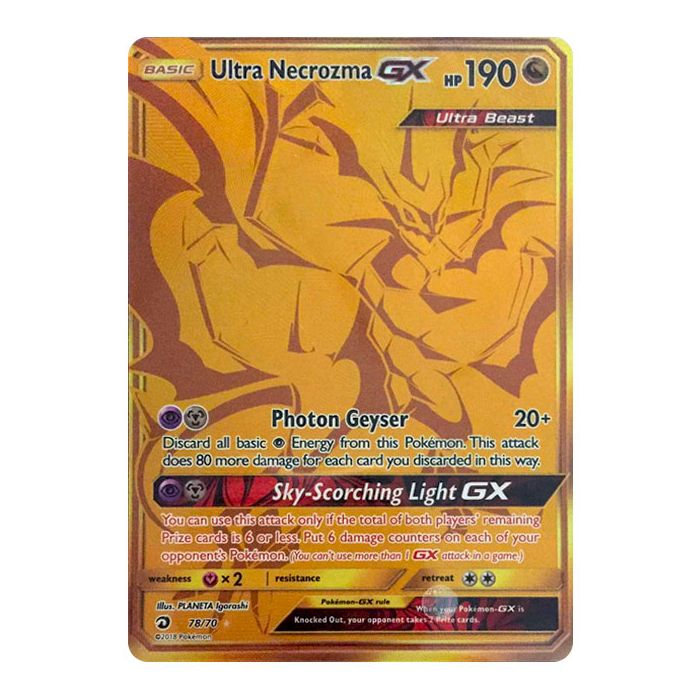
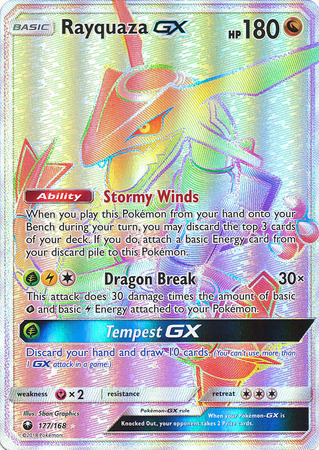
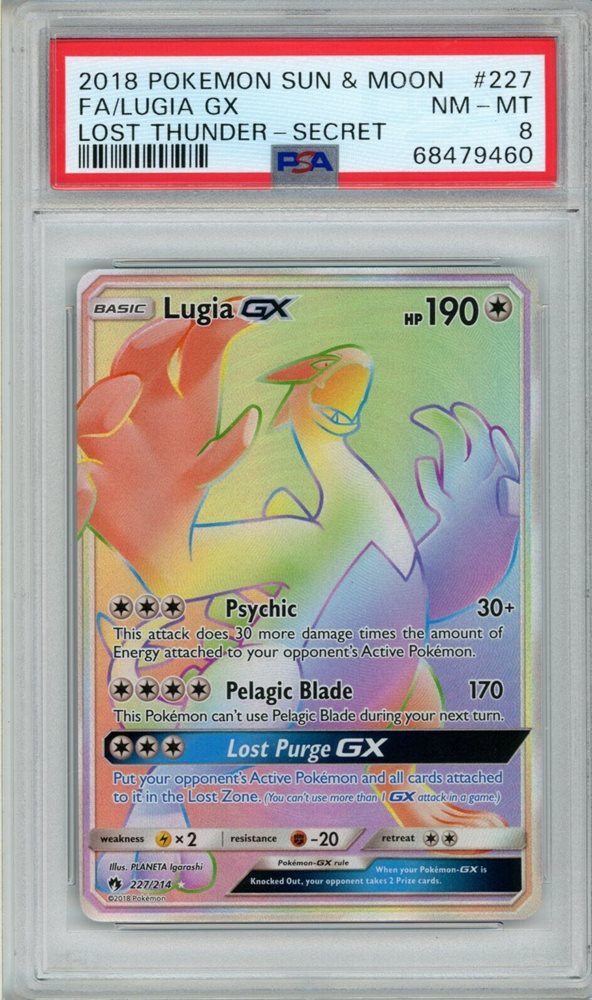
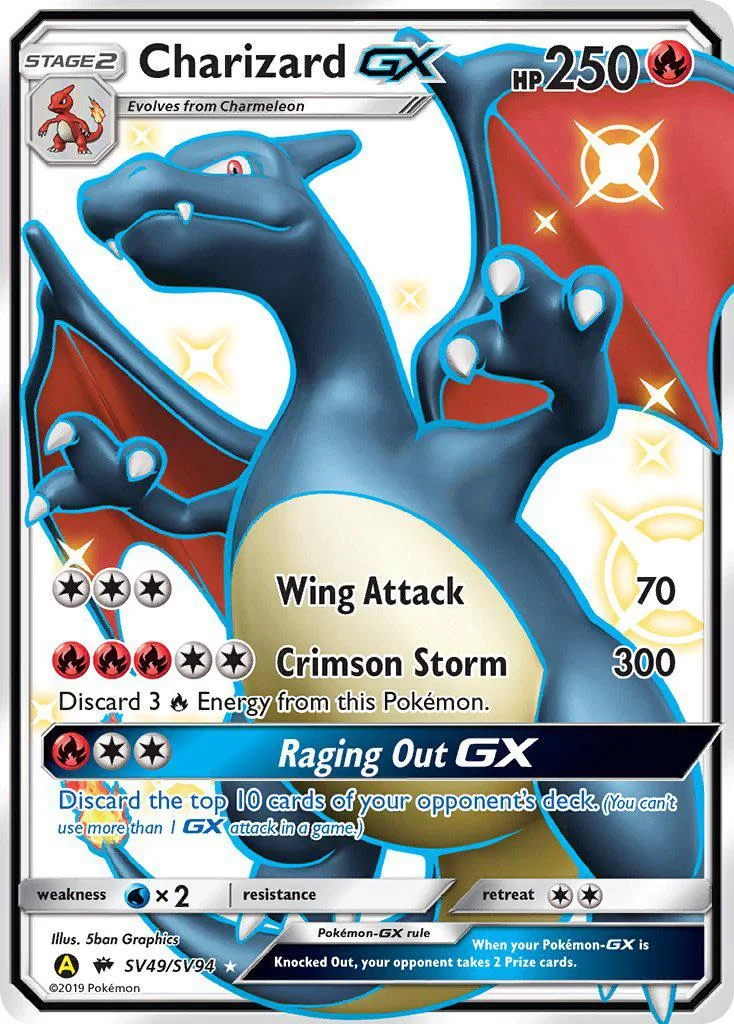
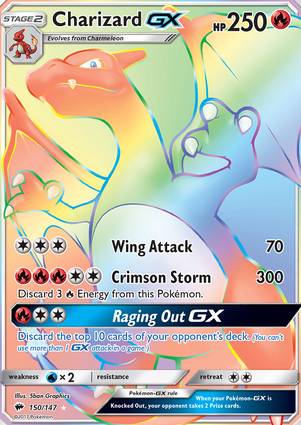
Recent Comments